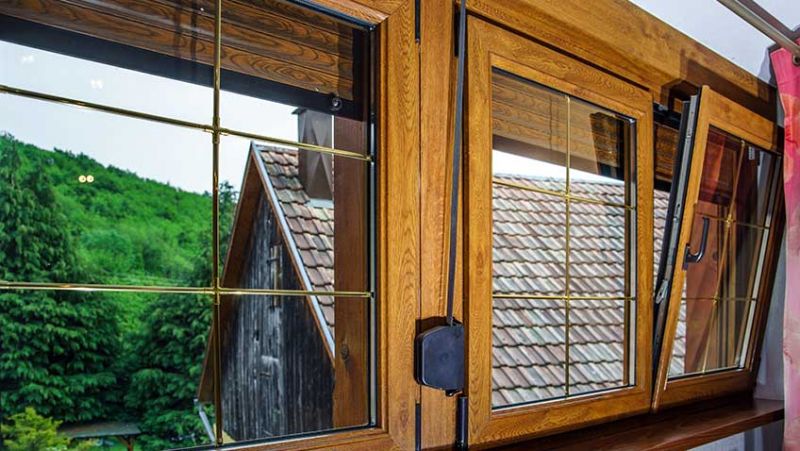
Oil stains on doors can be surprisingly stubborn, especially when they affect the sleek finish or grain of a high-quality wooden door, such as those supplied by ETO Doors. Whether it’s a splash of cooking oil from a nearby kitchen, lubricants used during installations, or even dirty fingerprints over time, oil-based blemishes can quickly compromise the look of your door. Fear not — with the right approach, you can restore your door’s aesthetics without damaging its finish. In this guide, we’ll walk you through tried-and-true methods to safely and effectively remove oil stains from wooden doors, including tips that work well with hardwood, engineered veneers, and painted surfaces.
Before diving in, we always recommend testing any cleaning method on a small, inconspicuous area first — especially with real wood or customised finishes. Being gentle and choosing the right products makes all the difference to ensure no discolouration or damage occurs during stain removal. These methods are particularly suited for residents across the UK who regularly experience dampness or grime from everyday indoor living.
1. Identify the Door’s Finish
Not all doors are created equal — especially when you're working with premium doors like those from ETO. The first and most important step before removing the stain is to identify the type of finish on your door. Is your door painted, varnished, an oiled wood finish or a laminate? The cleaning approach will vary based on this.
Painted doors tend to be more tolerant of light cleaning solutions, while natural wood doors require extra care to avoid stripping oils or dulling the grain. Veneers need a delicate balance between strength and gentleness since they feature thin layers of real wood. Use a soft cloth and warm water to clean a small hidden part of the door before proceeding with a full clean.
If your door's finish isn't clear to you, check your order details from ETO Doors or contact their support team for clarification. Using the wrong method can worsen stains or even erode parts of the finish unnecessarily.
2. Prepare Your Cleaning Supplies
To tackle oil stains without harming your ETO Doors investment, gather the right materials, most of which are likely already in your kitchen or garage. Below is a helpful table of products recommended for use on oil stains based on the type of stain and door finish:
| Type of Product | Recommended For | Use With Caution On |
|---|---|---|
| Dish Soap & Warm Water | Painted & Varnished Doors | Natural Wood (may require re-oiling) |
| Baking Soda Paste | Oiled Wood Finishes | Glossy Laminate Finishes |
| White Vinegar Dilution | Mild Surface Grime | Unsealed Wood |
| Mineral Spirits | Hardwood with Oil-Based Stains | Painted Surfaces |
| Commercial Degreaser (mild) | Sealed Laminates & Metal Handles | Natural Oils or Varnishes |
It’s always best to opt for mild solutions first and escalate only if needed. Remember, aggressive chemicals like acetone or bleach should be avoided entirely as they can irreversibly damage wood and painted layers.
3. The Gentle Dish Soap Method
For most oil stains, especially recent ones, a simple solution of warm water and mild dish soap can be highly effective. This method is gentle on finishes and readily accessible — making it a go-to solution for DIY enthusiasts and young homeowners looking to maintain their interior space.
Mix a few drops of dishwashing liquid with warm water in a bowl. Using a microfibre cloth or a soft sponge, gently dab (do not scrub) the affected area. Wipe in the direction of the wood grain to prevent streaks and maintain the natural look of the door. Too much water can swell timber, so make sure the cloth is only damp, not wet.
Once the stain lifts, use a clean, dry towel to blot the area and allow it to fully air dry. You may wish to apply a wood conditioner afterward to restore shine and keep the wood nourished.
4. The Baking Soda Paste Approach
Baking soda is a powerful natural cleanser that works particularly well for deeper oil stains while still being safe for most wood finishes. It acts as a gentle abrasive and neutralises oil effectively without scratching or discolouring.
Create a paste using baking soda and a few drops of water. Apply it directly to the oil stain with a cloth or your finger, gently massaging it into the surface. Let it sit for about 10–15 minutes, which gives enough time to draw the oil out of the wood fibres. Then, wipe away the paste with a clean, damp cloth.
This method is ideal for doors that have a matte or natural oiled finish, like many bespoke options from ETO Doors which use engineered hardwood veneers. Just be cautious and avoid rubbing too hard, especially on veneered panels.
5. Dealing with Set-In Stains: Mineral Spirits & Spot Treatment
If you’ve inherited an oil mark that’s clearly been there a while, or if other methods haven’t completely lifted the stain, mineral spirits may offer a more targeted solution. These are strong petroleum-based solvents that dissolve grease without soaking the wood.
Dab a small amount onto a soft cloth and gently rub the oil mark in a circular motion. Again, always test in an inconspicuous area first. After treating, clean the area with warm water and then use a wood oil or furniture polish to rehydrate the treated spot.
This is often the method used by tradesmen refurbishing a property where stain marks have been caked onto hardware or door frames over time. For modern flat doors with minimal detailing, this approach can be efficient and time-saving.
6. Prevent Future Stains
Removing stains is one thing — preventing them in the first place ensures the long life of your ETO doors and saves you time in the long run. If your door is placed near busy zones like the kitchen or utility room, consider applying a protective finish such as a clear polyurethane topcoat or re-oiling natural wood doors seasonally.
Be cautious with hand oils too: those sticky fingerprints slowly build up over time. Wiping high-traffic areas weekly using a damp cloth and drying immediately can prevent future oil residue build-up. Where possible, install high-quality door handles and pulls to minimise hand contact with the main panel.
Lastly, ETO Doors offers a wide range of finishes and care instructions to match each product. Keeping this information handy will give you peace of mind and help you maintain doors effectively — whether you’re a homeowner, architect, or professional tradesman.
Final Thought
Oil stains don’t have to spell disaster for your beautiful ETO Doors installation. With a little care and the right approach, many stains can be lifted without leaving any trace. Whether you're revamping your home, finalising a project as a tradesman, or designing a new scheme as an architect, regular door care ensures aesthetic appeal and longevity.
Looking for more care tips or need help choosing low-maintenance door finishes? Browse the full ETO Doors collection tailored for the UK market or contact our expert team for guidance.



